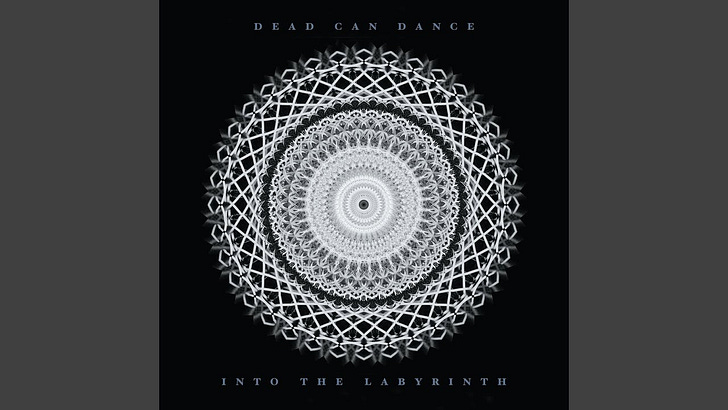I hit a personal low in 1993.
I was 21, living back in my parents’ house after tasting a year or two of freedom, with no prospects, no car, and a crappy retail job. I frequently found myself walking alone at night through the undeveloped Arizona desert land adjacent to our neighborhood, smoking and drinking some whisky while listening to whatever was on …
Keep reading with a 7-day free trial
Subscribe to All Kinds Musick to keep reading this post and get 7 days of free access to the full post archives.




